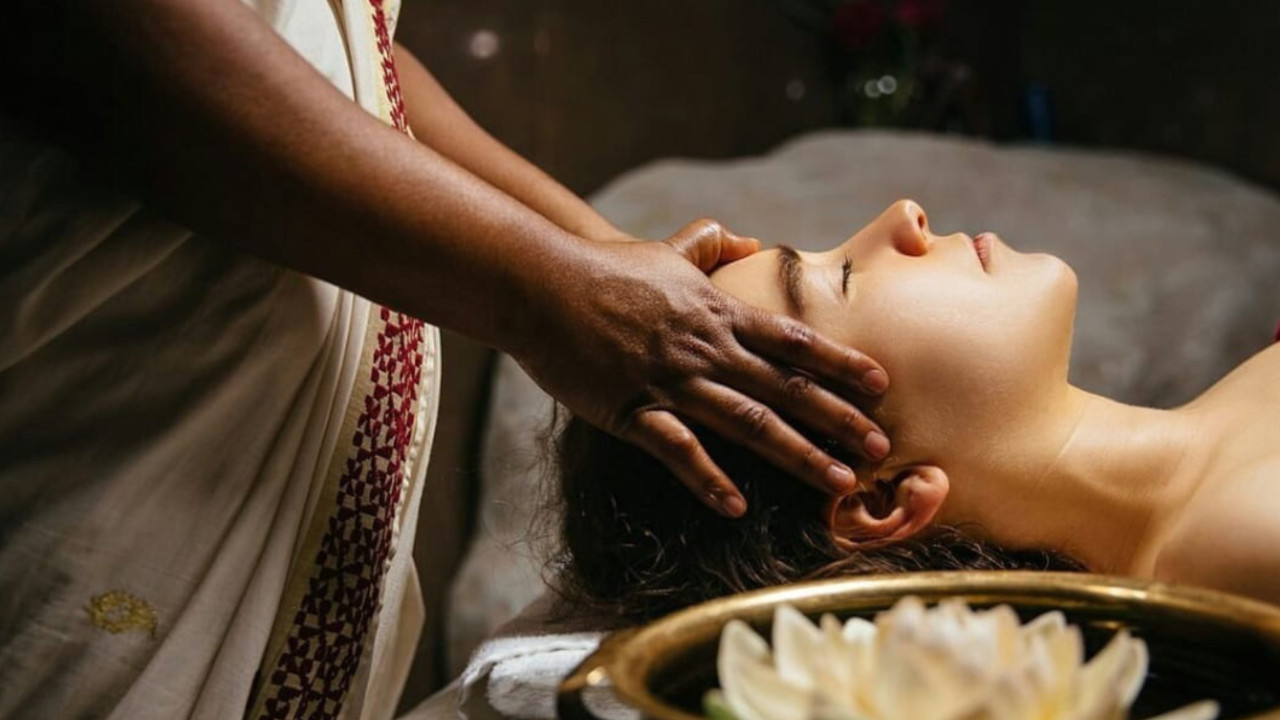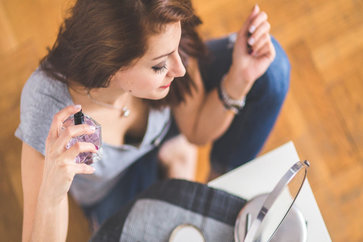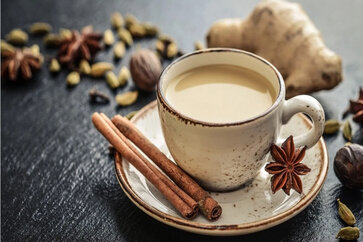Champi – The Wonder Ayurvedic India Head Massage
Champi is a traditional Indian head massage that involves gentle kneading, stroking, and circular movements of the scalp, hair, and neck. This deeply relaxing and rejuvenating practice has been an integral part of Ayurvedic medicine and Indian culture for centuries. It is believed to promote hair growth, relieve stress, improve sleep, and enhance overall well-being.
Historical Background
The exact origins of champi are shrouded in the mists of time, but its roots can be traced back to ancient India.
Ayurveda, the ancient Indian system of medicine, places great emphasis on the health of the scalp and hair as an integral part of overall well-being.
Champi was developed as a therapeutic technique to promote hair growth, relieve stress, and improve sleep.
Over the centuries, champi has evolved and incorporated various techniques and oils. It has been passed down through generations, with each family and region developing its own unique variations of the massage.
Today, champi is enjoyed by people of all ages and backgrounds, not only for its therapeutic benefits but also as a luxurious and indulgent experience.
Benefits of Champi
Champi offers a multitude of benefits for both physical and mental well-being. Oil penetrates deeply, delivering essential nutrients and moisture to the scalp, creating a healthier foundation for hair growth.
Benefits for Hair
- Moisturizes and revitalizes hair follicles: Prevents dryness and flakiness, encouraging optimal hair follicle function for stronger, healthier hair.
- Significantly reduces hair fall: Improved blood circulation to the scalp stimulates hair follicles, reducing shedding and promoting hair retention.
- Fortifies and strengthens hair roots: Nourished roots become more resilient, leading to thicker, less prone to breakage hair.
- Enhances hair quality dramatically: Hair becomes noticeably softer, silkier, and more lustrous with a radiant shine.
- Effectively combats dandruff: Regular champi soothes the scalp, reducing dandruff flakes and creating a healthier scalp environment.
- Stimulates hair growth: Increased blood flow and nourished follicles provide an optimal environment for new hair growth.
- Delays premature graying: Certain oils used in champi are believed to contain antioxidants that can help slow down the graying process.
- Adds noticeable volume: Strengthened hair follicles and improved blood circulation contribute to fuller, more voluminous hair.
- Repairs and restores damaged hair: Nourishing oils penetrate the hair shaft, helping to mend split ends, reduce breakage, and improve overall hair health.
- Balances scalp oil production: Regular champi helps regulate sebum production, preventing both dryness and excessive oiliness.
- Improves hair manageability: Detangles hair, reduces frizz, and makes styling easier.
Provides deep conditioning: Oil coats the hair shaft, locking in moisture and preventing damage from environmental factors. - Creates a sense of relaxation and well-being: The massage aspect of champi promotes calmness and reduces stress, which can positively impact hair health
Benefits for Overall Well-being
The gentle massage techniques used in champi induce a state of deep relaxation, helping to alleviate stress, anxiety, and tension.
- Improved sleep quality: Regular champi can promote better sleep by calming the mind and body, reducing insomnia and restlessness.
- Enhanced mood and emotional balance: The release of endorphins during the massage can uplift mood, reduce feelings of depression, and create a sense of well-being.
- Boosted circulation and oxygenation: Increased blood flow to the head and scalp nourishes the brain, improving cognitive function and alertness.
- Reduced headaches and migraines: Massaging the scalp and temples can help alleviate tension-related headaches and migraines.
- Strengthened nervous system: Champi has a calming effect on the nervous system, promoting balance and harmony.
- Improved focus and concentration: Increased blood flow to the brain enhances mental clarity and focus.
- Pain relief: The massage can help alleviate pain in the head, neck, and shoulders.
- Sensory stimulation: The combination of touch, smell (of the oil), and warmth can be deeply rejuvenating and invigorating.
- Spiritual well-being: Many people find champi to be a deeply spiritual experience, promoting inner peace and connection to the self.
- Strengthened immune system: Relaxation and stress reduction can boost the immune system, making you less susceptible to illness.
Ingredients Used in Champi
The choice of ingredients for a champi massage is crucial in determining its overall benefits.
Common Oils
Oils form the base of most champi massages. They nourish the scalp, hair, and skin, while also providing a soothing and lubricating effect. Some common oils used in champi include:
- Coconut oil: Known for its moisturizing and conditioning properties.
- Almond oil: Rich in vitamins and minerals, it helps soften the scalp and hair.
- Olive oil: Contains antioxidants that protect the hair from damage.
- Sesame oil: Traditionally used in Ayurveda, it is believed to have warming properties.
Herbal Infusions
To enhance the therapeutic benefits of champi, herbal infusions are often added to the base oil. These infusions can address specific hair or scalp concerns. Examples include:
- Amla (Indian gooseberry): Known for its hair-strengthening properties.
- Bhringraj: Used to promote hair growth and prevent premature graying.
- Brahmi: Helps soothe the scalp and reduce inflammation.
- Neem: Possesses antibacterial and antifungal properties, beneficial for scalp infections.
Essential Oils
Essential oils are concentrated extracts of plants that offer a wide range of therapeutic benefits. They can be added to the champi oil for their aromatherapy properties and specific effects. Some popular choices include:
- Lavender: Promotes relaxation and reduces stress.
- Rosemary: Stimulates hair growth and improves circulation.
- Chamomile: Soothes the scalp and reduces inflammation.
- Tea tree oil: Has antibacterial properties and can help with scalp conditions.
The Process of Champi
Preparation
Before the champi begins, it’s essential to create a relaxing atmosphere. This can be achieved by dimming the lights, playing soothing music, and ensuring the room is warm and comfortable.
The recipient should be lying down on a comfortable surface with their head supported by a pillow or rolled-up towel.
The champi oil is typically warmed slightly to enhance its penetration and relaxation properties. The chosen oil or oil blend is then applied to the scalp and hair.
Techniques
Champi involves a series of gentle and rhythmic strokes on the scalp, hair, and neck. The techniques may vary depending on the region and individual preferences, but common strokes include:
- Circular motions: Massaging the scalp in circular motions to stimulate blood flow.
- Kneading: Gently kneading the scalp to release tension.
- Stroking: Long, soothing strokes along the hair and neck.
- Pressure point massage: Applying pressure to specific points on the head and neck to relieve stress.
The champi also often includes massaging the shoulders, neck, and upper back to enhance relaxation and release muscle tension.
Duration
A traditional champi session typically lasts between 15 to 30 minutes. However, the duration can vary depending on individual needs and preferences.
Some people find longer sessions to be more beneficial for deep relaxation and stress relief.
Champi for Different Hair Types
The benefits of champi can be tailored to specific hair types by carefully selecting oils and techniques.
Oily Hair
For those with oily hair, the focus should be on balancing oil production and preventing a greasy scalp.
- Oil choices: Opt for lighter oils like coconut, jojoba, or grapeseed. Avoid heavy oils.
- Techniques: Focus on stimulating the scalp with brisk circular motions to regulate oil production.
- Frequency: Regular champi can help balance oil production, but avoid excessive oil application.
Dry Hair
Dry hair benefits from deep conditioning and moisture retention.
- Oil choices: Rich oils like olive, almond, or castor oil can nourish dry hair and scalp.
- Techniques: Gentle and long strokes can help distribute the oil evenly and lock in moisture.
- Frequency: Regular champi is beneficial for dry hair, as it helps hydrate the scalp and hair.
Normal Hair
Those with normal hair can enjoy the general benefits of champi without specific concerns.
- Oil choices: A variety of oils can be used based on personal preference.
- Techniques: Both stimulating and relaxing techniques can be incorporated.
- Frequency: Regular champi can maintain overall hair health and prevent issues.
Remember: Consistency is key for achieving optimal results. Regular champi, along with a healthy diet and proper hair care, can significantly improve hair health.
Champi in Different Cultures
Champi, while deeply rooted in Indian culture, has influenced and adapted to various cultural contexts.
India
India is the birthplace of champi, which has been an integral part of Ayurvedic medicine and daily life for centuries. The practice varies across different regions, with unique oil blends and techniques.
For instance, in Kerala, it’s often combined with other Ayurvedic treatments, while in the north, it’s more focused on relaxation and stress relief.
Middle East
The Middle East has its own traditions of head massage, which share similarities with champi. The Arabs, for instance, practice a form of head massage using oils infused with herbs and flowers.
This practice, while not identical to champi, shares the emphasis on relaxation and well-being.
Western Adaptations
In the West, champi has evolved into a popular spa treatment, incorporating elements of aromatherapy and massage therapy. It’s often combined with other wellness services, such as hot stone massage or body wraps.
While the core principles of relaxation and scalp stimulation remain, Western adaptations tend to focus more on luxury and indulgence.
Scientific Perspective on Champi
While champi has been practiced for centuries, its benefits are increasingly being explored through scientific research.
Research on Benefits
While research is still ongoing, studies have shown promising results regarding the benefits of champi:
- Stress reduction: Several studies have indicated that champi can effectively reduce stress levels, lower cortisol (the stress hormone), and improve mood.
- Hair health: Research suggests that regular champi can stimulate hair growth, reduce hair fall, and improve scalp health by increasing blood circulation.
- Pain relief: Some studies have shown that champi can help alleviate headaches, neck pain, and muscle tension.
It’s important to note that while these findings are encouraging, more comprehensive studies are needed to establish definitive conclusions.
Expert Opinions
Many healthcare professionals and experts in alternative medicine recognize the potential benefits of champi.
Dermatologists often recommend it for scalp health and hair growth, while massage therapists incorporate it into their treatment plans for stress management and relaxation.
However, it’s essential to consult with a healthcare professional before starting any new treatment regimen, especially if you have underlying health conditions.
Frequently asked questions (FAQs) on Champi
1. What is Champi?
Champi is a traditional Indian head massage that involves gentle kneading and stroking of the scalp, hair, and neck. It is a deeply relaxing and rejuvenating practice that has been an integral part of Ayurvedic medicine and Indian culture for centuries.
2. How often should I get a Champi?
The ideal frequency of champi depends on individual needs and hair type. However, regular champi, once or twice a week, can yield optimal results.
3. Are there any side effects of Champi?
Champi is generally considered safe when performed correctly. However, some people may experience mild side effects such as dizziness or headache, especially if the oil is too hot or the massage is too vigorous.
4. Can I do Champi at home?
Yes, you can definitely do champi at home. There are many DIY tutorials and guides available online to help you with the process.
5. Is Champi suitable for all hair types?
Yes, Champi is suitable for all hair types. However, the choice of oil and massage techniques may vary depending on your hair type.
6. Can Champi help with hair loss?
While Champi can help improve scalp health and stimulate hair growth, it may not be a cure for hair loss. It is best to consult with a dermatologist or trichologist for hair loss concerns.
7. Can Champi help with headaches?
Yes, Champi can help relieve headaches by relaxing the muscles in the scalp and neck.
8. Can Champi help with sleep?
Yes, Champi can promote better sleep by reducing stress and anxiety.
9. Can pregnant women get Champi?
Pregnant women can generally get Champi, but it is important to consult with their doctor before starting any new treatment.
10. Can I get Champi if I have a scalp condition?
If you have a scalp condition, it is best to consult with a dermatologist before getting Champi. Some oils may not be suitable for certain scalp conditions.
References:
- Using Indian head massage to aid recovery(1)
- Physical and Psychological Effects of Head Treatment in the Supine Position Using Specialized Ayurveda-Based Techniques(2)
- The effect of a scalp massage on stress hormone, blood pressure, and heart rate of healthy female(3)
Champi is a holistic practice that offers a multitude of benefits for both hair and overall well-being. By incorporating this ancient Ayurvedic tradition into your routine, you can experience improved hair health, reduced stress, and enhanced relaxation.


























